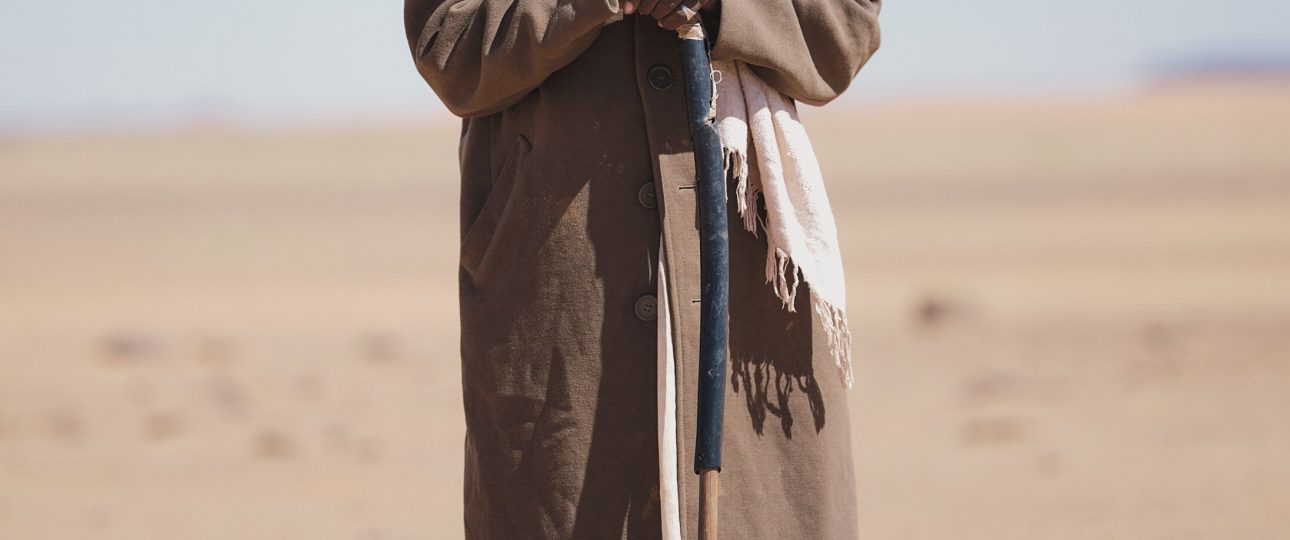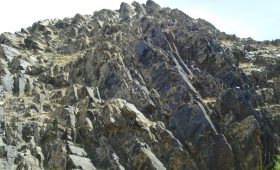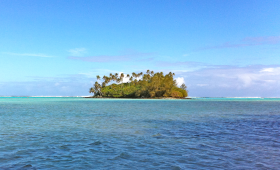Bayuda Desert – Sudan
Exploring the Bayuda Desert
The Bayuda Desert in Sudan offers a landscape that defies typical desert expectations. Instead of endless sand, you’ll find a mix of rocky terrain, scattered acacia trees, and striking sand dunes. This diverse environment creates a visual tapestry that captivates the senses.
Wildlife Encounters
The Bayuda Desert is home to a variety of wildlife. Keep an eye out for gazelles gracefully moving across the plains and desert foxes darting through the dunes. Bird watchers will appreciate spotting different species, including the Egyptian vulture. These encounters add a dynamic element to the desert’s stark beauty.
Historical Significance
The Bayuda Desert is steeped in history. It served as a crucial route during the Meroitic civilization, connecting the northern and southern regions of the Kingdom of Kush. Notably, King Nastasen’s journey across this desert for his coronation is documented in the Nastasen Stela. Additionally, the desert was a strategic location during the Mahdist War, witnessing events like the Battle of Abu Klea and the Battle of Abu Kru.
When to Visit
Plan your visit between November and February when the weather is cooler. Daytime temperatures range from 20 to 25 degrees Celsius, while nights can drop to around 10 degrees Celsius. Pack accordingly, as the desert nights can be quite chilly.
Getting There
Khartoum International Airport is the nearest major airport. From Khartoum, you can hire a private car or join a guided tour to reach the Bayuda Desert. It’s advisable to travel with a local guide familiar with the area to ensure a safe and informative journey.
Transportation Within the Desert
Once in the Bayuda Desert, navigating the rugged terrain can be challenging. Most travelers opt for 4×4 vehicles or camelback for transportation. A local guide can provide valuable insights into the region’s culture and history, enhancing your experience.
Key Points
- The Bayuda Desert is located in Sudan and features a mix of rocky terrain, acacia trees, and sand dunes.
- Wildlife includes gazelles, desert foxes, and various bird species, such as the Egyptian vulture.
- The desert has historical significance, serving as a route during the Meroitic civilization and a site of military events during the Mahdist War.
- Visit between November and February for cooler temperatures.
- Khartoum International Airport is the closest major airport.
- Transportation within the desert is primarily by 4×4 vehicles or camelback, with a local guide recommended.




